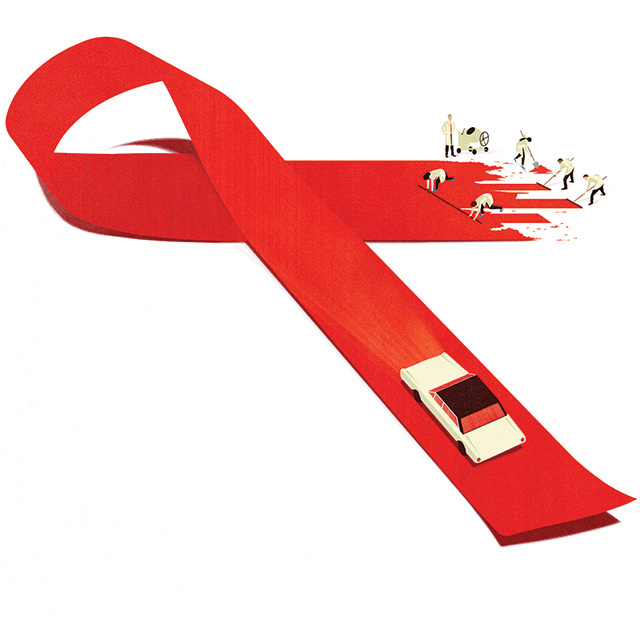You might consider abdominal transplant surgeon Dorry Segev to be the textbook physician-scientist: Not only is the 45-year-old physician admired for his surgical and teaching skills, but his groundbreaking research into ways to expand organ allocation is changing the lives of thousands of people around the world.
In 2007, a mathematical model Segev helped to develop paved the way for legislation that allows living donors across the nation to participate in kidney paired donations, dramatically increasing the number of donors who can be matched with patients awaiting kidney transplants. More recently, his research and government advocacy led to passage of the HOPE (HIV Organ Policy Equity) Act, legislation that also allows more people to donate organs.
A professor of surgery at the school of medicine, Segev spent three years helping to draft and push through the HOPE Act. Passed in 2013, it was one of only 57 bills to survive the most unproductive Congress in the history of the United States. Early support came from Johns Hopkins anesthesiologist and U.S. Rep. Andy Harris.
The legislation was based on a landmark paper Segev published in 2011 in the American Journal of Transplantation. At that time, medical centers were forbidden to transplant any HIV-positive organs; people with HIV who were waiting for transplants could only receive organs that were HIV-negative.
Segev outlined the case for overturning the ban on using HIV-positive organs for HIV-positive recipients. His research estimated that each year, roughly 1,000 HIV-positive patients would be eligible for lifesaving kidney and liver transplants from 500 HIV-positive donors.
Allowing those transplants would also shorten wait times for all patients. Their addition could bump HIV-negative patients up the waiting list if HIV-positive patients who were ahead in line opted for them.
Additionally, the HOPE Act allows people living with HIV to sign up as organ donors—an important step toward ending the stigma associated with the infection.
Last January, The Johns Hopkins Hospital became the first in the U.S. approved to perform HIV-positive to HIV-positive transplants. Two months later, under Segev’s leadership, surgeons successfully transplanted the nation’s first HIV-positive kidney and livers, extending life for two recipients living with HIV.
The next step, Segev says, is HOPE in Action—a Johns Hopkins-led initiative to help other medical centers qualify to perform HIV-positive transplants.
“We didn’t want to just stop with the bill or limit the work to Johns Hopkins,” he says. “We’re sharing what we’ve learned with everyone else in the country.”
Current law not only permits organs from deceased HIV donors to be used for transplants but also allows live organ donation; however, more research is needed to show that it’s safe for people with HIV to donate while they are alive.
“We’ve nearly completed the study to identify the characteristics of living donors that would make them most able to donate,” Segev says. “We will be working to roll out a research protocol to make that happen.”
Read More

